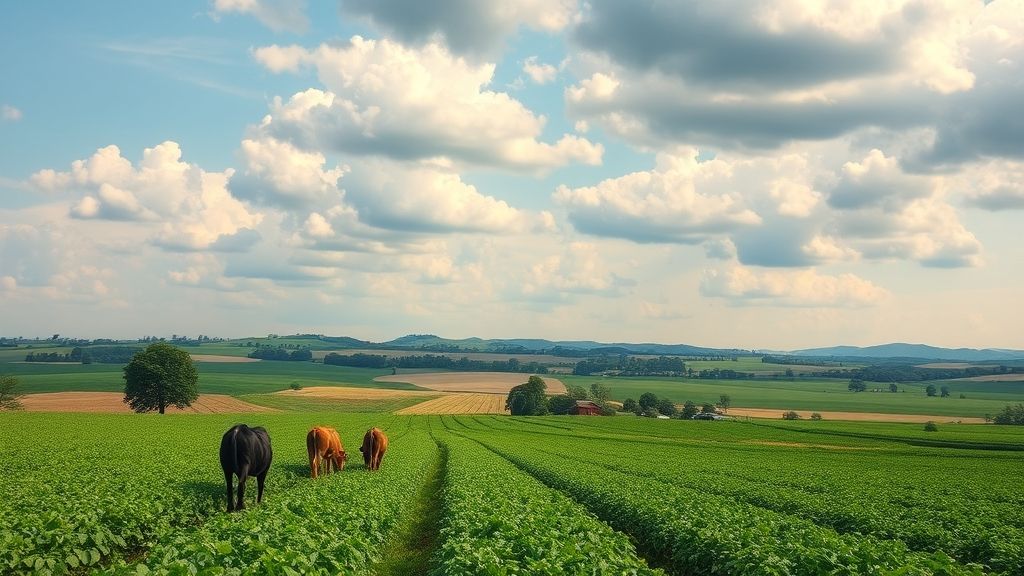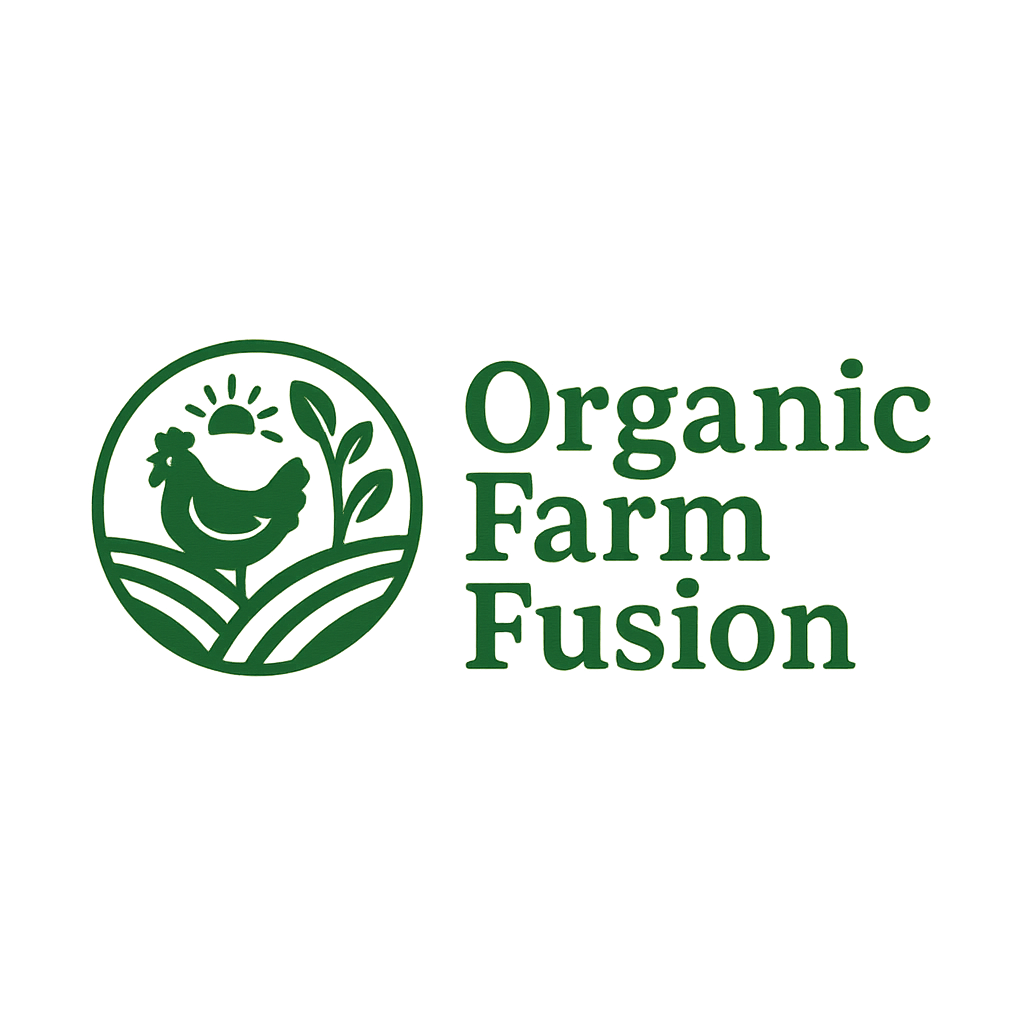
When most people think of agriculture, images of vast fields of corn, tractors in motion, or red barns nestled in rural countryside might come to mind. While these images do represent part of the story, agriculture is far more than just farming — it’s the foundation of human civilization, and it remains the backbone of the American economy and way of life.
Defining Agriculture
Agriculture is the science, art, and practice of cultivating the soil, growing crops, and raising animals for food, fiber, fuel, and other products used to sustain and improve human life. It includes everything from traditional farming and livestock production to cutting-edge agri-tech, sustainable practices, and agribusiness innovation.
In the U.S., agriculture touches almost every aspect of daily life. From the food on our plates to the clothes we wear and even the fuel in our cars, much of it has roots in agriculture.
A Brief History of Agriculture in the U.S.
Agriculture in America dates back to the Indigenous peoples who cultivated crops like corn, beans, and squash long before European settlers arrived. As the nation grew, so did its farms. The 19th century brought the Homestead Act and a push westward, while the 20th century introduced mechanization, chemicals, and massive productivity gains.
Today, American agriculture is among the most productive in the world, thanks to advances in technology, research, and infrastructure.
Why Agriculture Matters Today
- Food Security: U.S. farmers produce enough food to feed not only the nation but also millions around the world through exports.
- Economic Impact: Agriculture contributes over $1 trillion to the U.S. economy annually, supporting over 19 million jobs in farming, food processing, transportation, and more.
- Innovation Hub: Modern agriculture involves drones, GPS-guided tractors, genetic engineering, and precision farming techniques.
- Environmental Stewardship: With growing attention to sustainability, American agriculture is increasingly focused on soil health, water conservation, and regenerative practices.
Challenges and the Road Ahead
American farmers face serious challenges: climate change, labor shortages, supply chain disruptions, and the need for sustainable practices. Yet, the future is promising. Innovations in vertical farming, climate-smart agriculture, and biotechnology are helping pave the way for a more resilient food system.
Conclusion
Agriculture is much more than planting seeds — it’s a complex, evolving industry that feeds, clothes, and fuels the nation. As consumers become more connected to where their food comes from, understanding agriculture is not just important — it’s essential.
